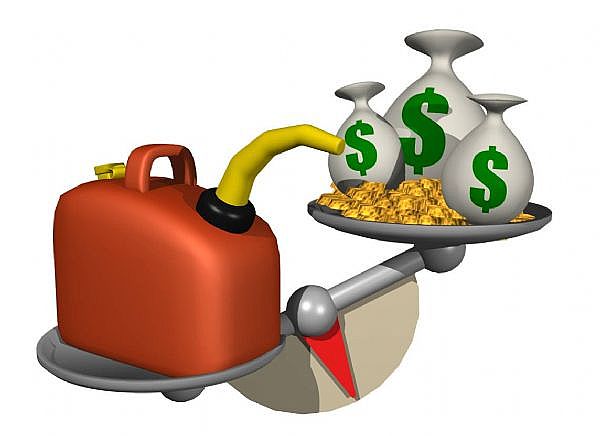 “Back in the day”, to use the parlance of our times, when gasoline was a buck fifty, I used to spend hours in my Mazda RX-8 burying the RPM needle, downshifting to fourth on the freeway, and drifting through corners with hachi-roku zeal. But with the onset of over four dollar gasoline, my zeal for wasting fuel has subsided, and a new style of performance driving has taken over.
“Back in the day”, to use the parlance of our times, when gasoline was a buck fifty, I used to spend hours in my Mazda RX-8 burying the RPM needle, downshifting to fourth on the freeway, and drifting through corners with hachi-roku zeal. But with the onset of over four dollar gasoline, my zeal for wasting fuel has subsided, and a new style of performance driving has taken over.
It’s called Hypermiling, and although an RX-8 isn’t the best car for this style of performance driving, when you’re averaging less than 20 miles per gallon, any improvement in fuel economy is welcome.
What is Hypermiling?
Hypermiling is exactly what it sounds like – a driving technique to save gas and help achieve gas mileage improvements. Now there are some techniques a Hypermiler uses, like in our 11 Gas Saving Tips article, that are pretty basic and easy to do which avoids what causes bad gas mileage. These include:
- Removing unnecessary weight from the vehicle
- Inflating tires to the max recommended pressure
- Avoiding abrupt accelerations and decelerations
- Driving no faster than 65 on the freeway
- Removing roof racks or other exterior items which increase drag
Then there are what we consider “advanced” Hypermiling techniques. These are the type of techniques that usually come with some kind of disclaimer, warning or indemnity clause and are followed by mutterings of “you’re an imbecile nutjob” from friends and family. Advanced Hypermiling techniques include:
- Pulse and Coast - Usually used on the freeway, but can also have significant benefits on city streets . It involves gently accelerating up to speed, taking the car out of gear (manual tranny only!) and coasting with the engine idling until A) you hit an uphill, B) the driver behind you is laying on the horn and making lewd gestures, or C) pedestrians are overtaking you on the sidewalk.
- Pulse and Glide - Not to be confused with the stunning Pop and Lock breakdance move, Pulse and Glide is similar to Pulse and Coast, but takes matters a step further into lunacy by turning the engine off and putting the ignition into accessory mode for a truly silent gliding experience. If you’re wacked enough to try this, just make sure you don’t turn the key all the way off and lock your steering wheel! If you don’t like being called a mental midget or brain donor, don’t attempt this technique.
- Avoid Idling – If you come to a stop at a long traffic light or are sitting in bumper to bumper traffic, turn off your engine. Every minute your engine idles equates to about 1/2 mile of wasted fuel efficiency. If you employ this technique, just make sure your car starts on a dime. Nobody likes sitting behind some moron who has to push his car to the shoulder because it won’t start.
- Never use A/C – Do you like to sweat profusely in the summer? If so, then advanced hypermiling is for you! The load of your air conditioning compressor reduces fuel efficiency. But if you’re on the freeway and simply must get some cool air before you die of heat exhaustion, run the A/C. At freeway speeds it’s more efficient than an open window, and much more agreeable than dying.
- Lower your Drag Coefficient – Every car has a drag coefficient – it’s inherent aerodynamics. Removing obvious items like a roof rack have huge fuel efficiency benefits, but did you know removing other items like your radio antenna, windshied wipers and side mirrors can also improve fuel efficiency? Blockheaded, yes we know, but it works. As does aerodynamic improvements like pizza dish rim covers, rear wheel skirts, front air dams and rear diffuser wings. Say what you will about the appearance of the Honda Insight, but it has a .25 drag coefficient, one of the lowest of all mass-produced cars in the world. Get your car to look like the Insight, and you’ll coast for miles.
(Continued on next page – Will Hypermiling harm my car? | Does it work? )


If you are not into turning off your vehicle at the traffic light you can still save a little by putting your Auto-transmission vehicle into Neutral.
This will allow the engine to idle without the added load from the torque converter, thus using less fuel.
Some more advanced vehicles have that feature built in.
To test this stay on the brake and listen for a drop in rpm when you switch from neutral to D. A drop means your torque converter puts a load on the engine and make it work harder than it has to while standing.
thanks for your nice tips. i will surely try those.